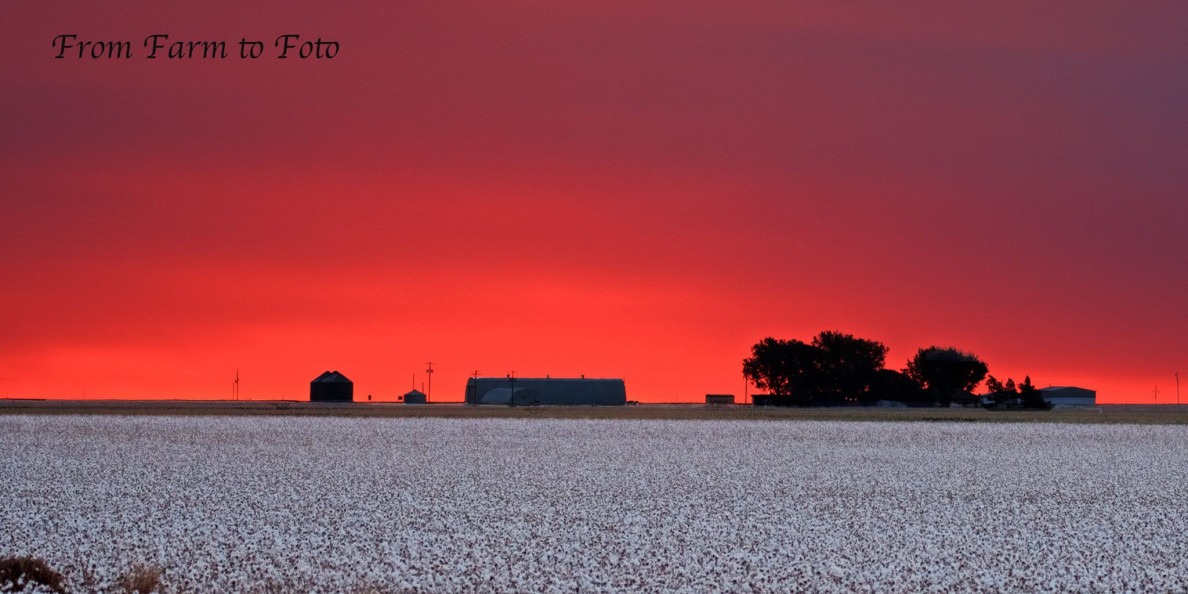Maintaining market share, enhanced consumer awareness and continued investments in research and development are needed to keep the U.S. cotton industry advancing.
Steve Verett, executive vice president of Lubbock-based Plains Cotton Growers, Inc., reviewed the 2017 cotton crop and the industry overall during an October 26 speech at Texas Tech University (TTU) about the 2017 cotton crop and the industry overall.
The talk was held in a conference room in the TTU chemistry building, prompting Verett to quip that chemistry drove him from majoring in agricultural science to business school when he entered Tech in fall 1971. Now, Verett – who farms 5,000 acres in Crosby County and holds an accounting degree from TTU – returned to the chemistry building four decades later to interact with students and scientists on the current status of the U.S. cotton industry.
Reviewing current crop estimates for the High Plains, Verett noted that two weeks of cool weather in late September and early October would impact this year’s crop, but that overall the High Plains crop would be good. “It is hard to get additional heat units in October for maturity,” he stated.
Commenting on the estimates by the USDA, he stated that due to established procedures, at the end, they come out to be right. The projected crop from the High Plains this year will be about 5.44 million bales, while for Texas, it will be 9 million bales.
Asked about the survival of High Plains’ cotton industry in the next 20 years, Verett was very optimistic, as the area’s weather will support crops like cotton which is highly drought-tolerant. There is a need to produce a quality crop, since the majority of the market for U.S cotton is overseas. Even though U.S. consumers use textiles equivalent to 20 million bales, 80% of the country’s crop is exported.
In answering a question, Verett agreed that the U.S. cotton industry can have a competitive and distinct advantage over other cotton-producing countries by producing contaminant-free cotton, with reliable delivery schedules and consistent quality output.
Professor Eric Hequet, chairman of TTU’s Plant and Soil Science department and a renowned fiber quality expert, highlighted the importance of maintaining a market share of 30% globally for cotton so that seed companies, textile mills and textile machinery companies will be motivated to find new products that can advance the industry.
With global population heavily concentrated in Asia, it is important that cotton maintain a healthy market share in those parts of the world. The U.S. has done a better job in this regard, with about 50% share due to promotion campaigns by the cotton industry.
Πηγή: Cotton Grower

